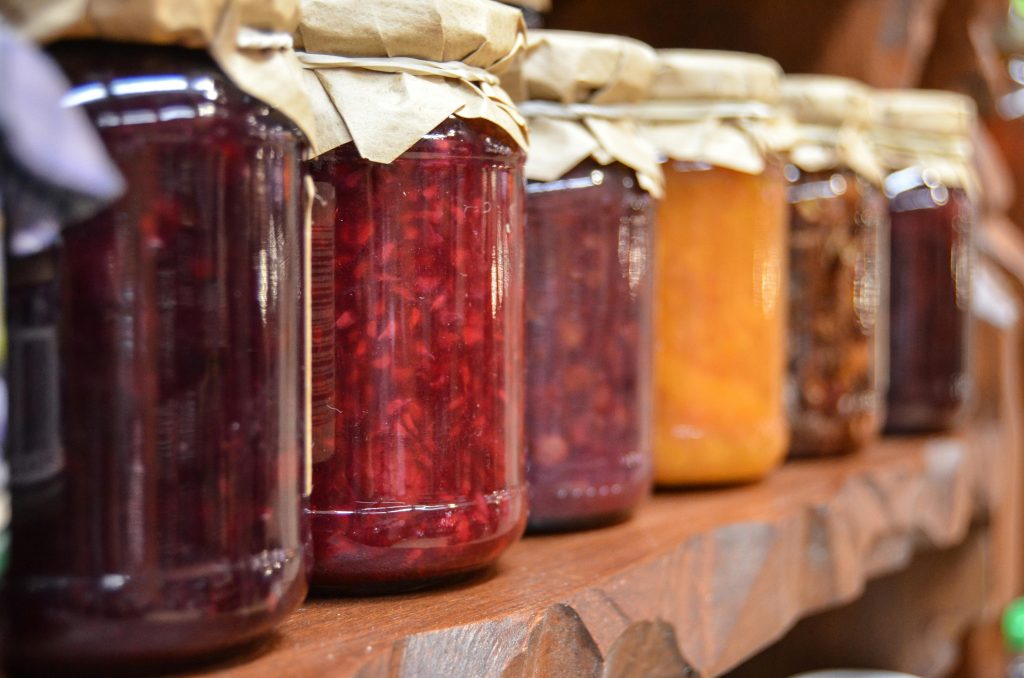All fields are required
Posted in Food Safety,Our Blog on August 26, 2024

The age-old debate seems to come up every year as backyard gardens produce more and more food, and people concentrate on being more sustainable. Today we look at water bath vs pressure canning and find out what should and shouldn’t be handled in which canning method.
Water bath canning and pressure canning are both are methods of heat processing. The best method to use depends on the acidity of the food being canned:
There are two different kinds of canning. One is boiling water bath canning, which requires no special equipment beyond the canning jars and involves submerging the canning jars in a giant pot of boiling water. The other is pressure canning, which requires a very specialized piece of equipment called a pressure canner (no, that’s not the same thing as a pressure cooker).
Depending on the acidity level of the food you are canning will determine which method is safe to use. If you use the correct canning method for the type of food you want to preserve, you will happily and safely preserve jars of delicious food for your pantry. However, if you mismatch the food and the canning method things could get scary (think botulism). Fortunately, it’s really easy to get this right and dive into totally safe, worry-free canning.
Vegetables in plain or lightly salted water and animal products have a fairly neutral or slightly alkaline pH. Because the pressure canner creates temperatures hotter than boiling water, it must be used to process these non-acidic foods.
All acidic foods—fruits, pickled vegetables, sugar preserves, and tomatoes with a little added acidity (lemon juice, vinegar, or citric acid)—may be safely processed in a boiling water bath. In boiling water bath canning, it is the acidity of the ingredients as much as the heat of the processing that safely preserves the food.
Water bath canning requires only a pot with a rack for the jars to sit on and of course water. I feel that this way is the easiest way to begin canning as so many people already have the needed tools. We did invest in a good jar lifting tool which can be found in just about any big box store and of course on Amazon.
With pressure canning I have found that you have to be more precise and and often need to have the pot checked by someone at a local event where they test pressure canners to make sure they are able to come to pressure properly. I love these events for the social aspect but it does take time away from the home and of course from the canning.
For more information on safely canning food at home please follow Make Food Safe.